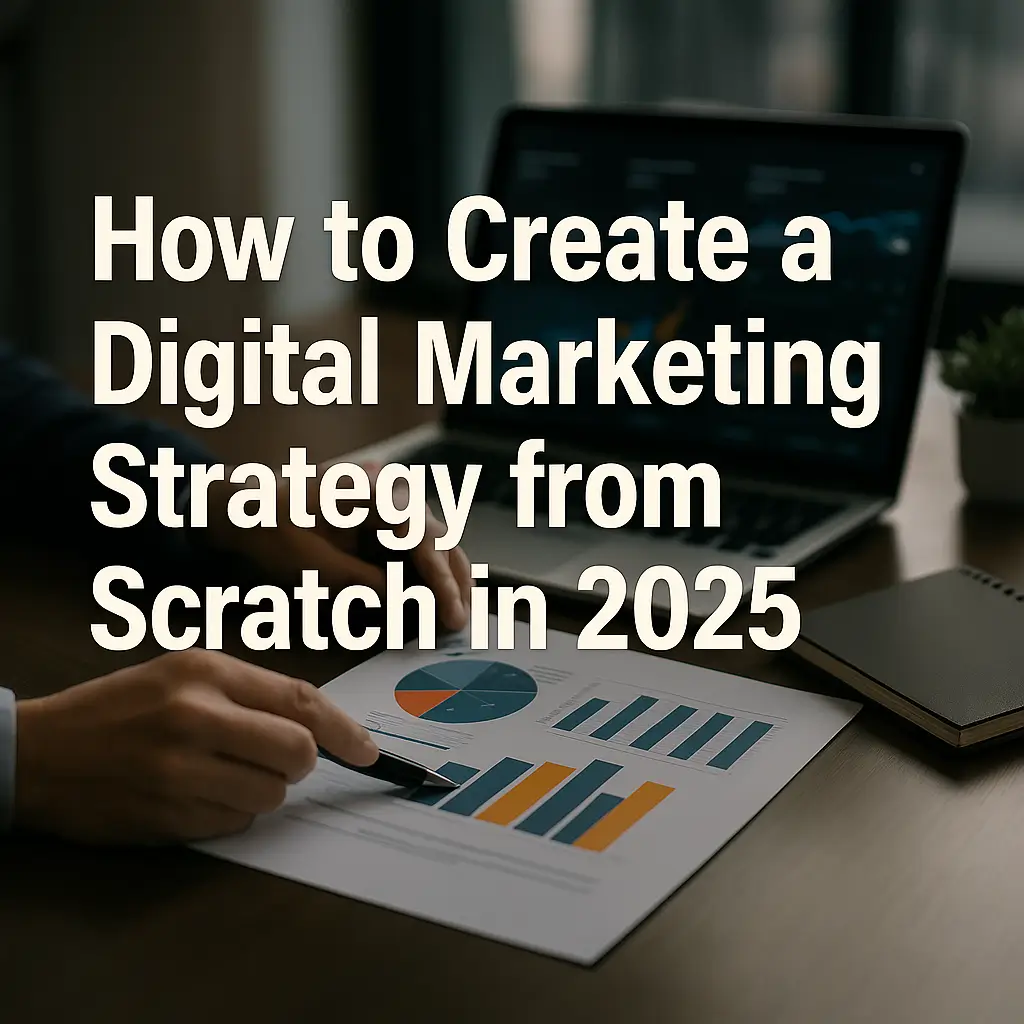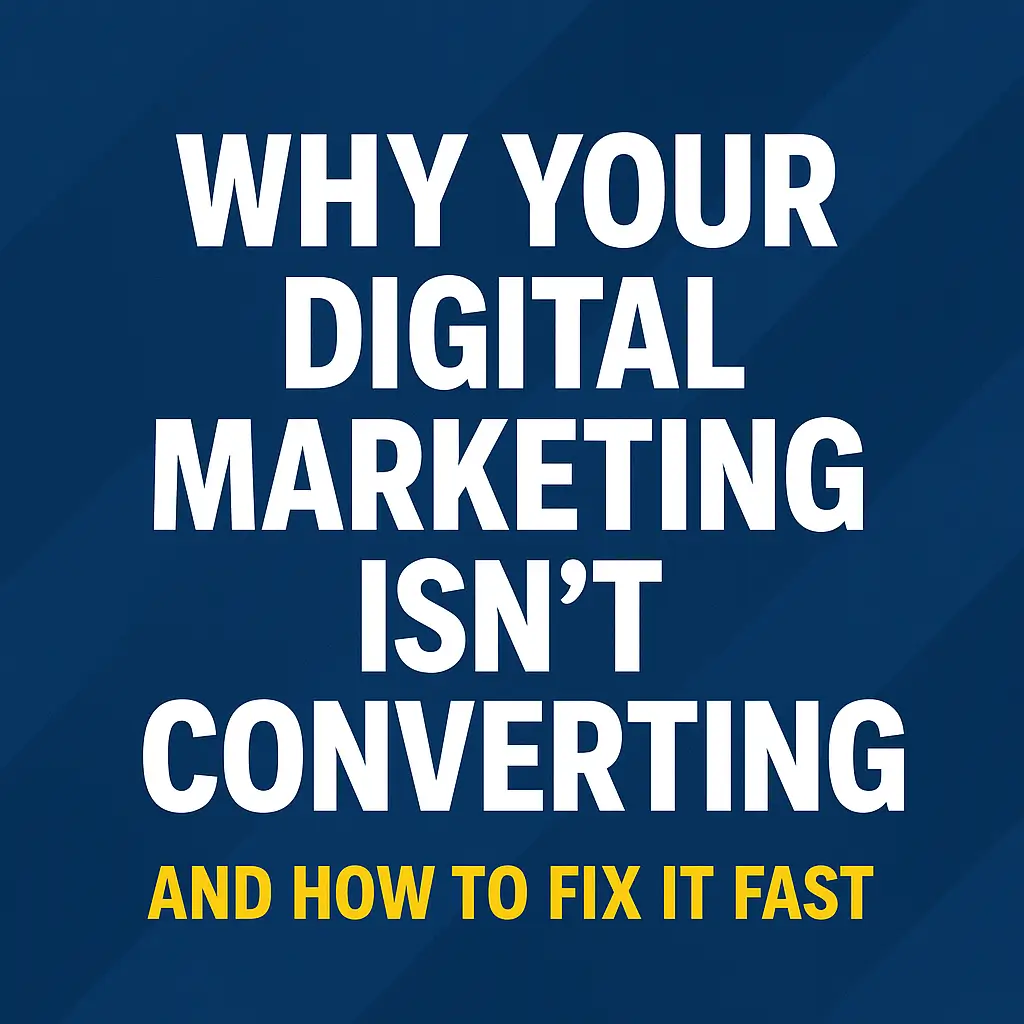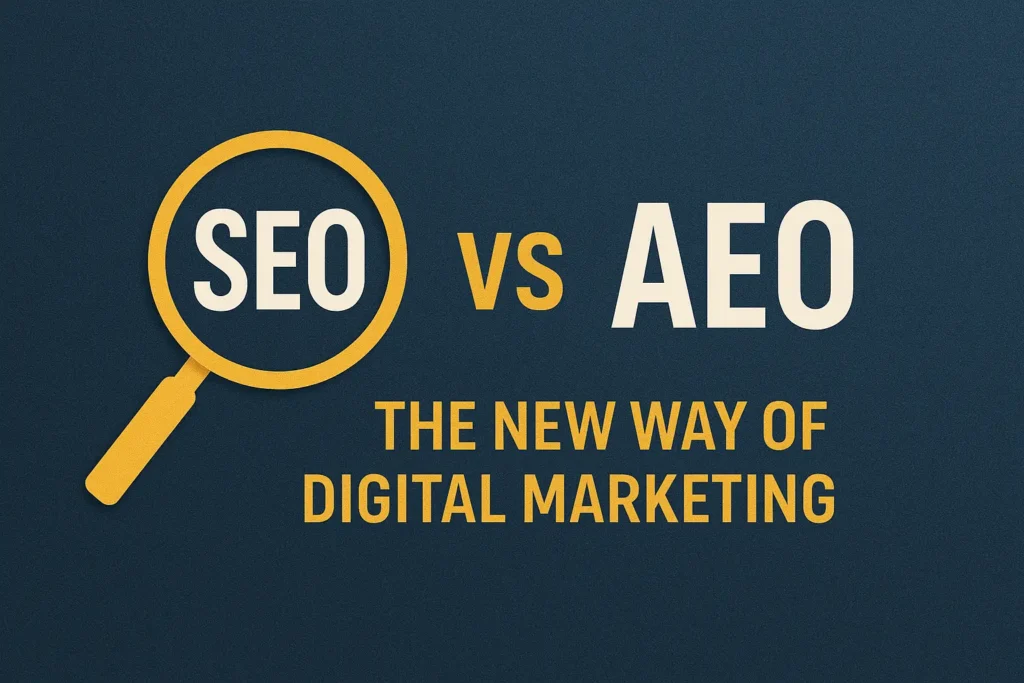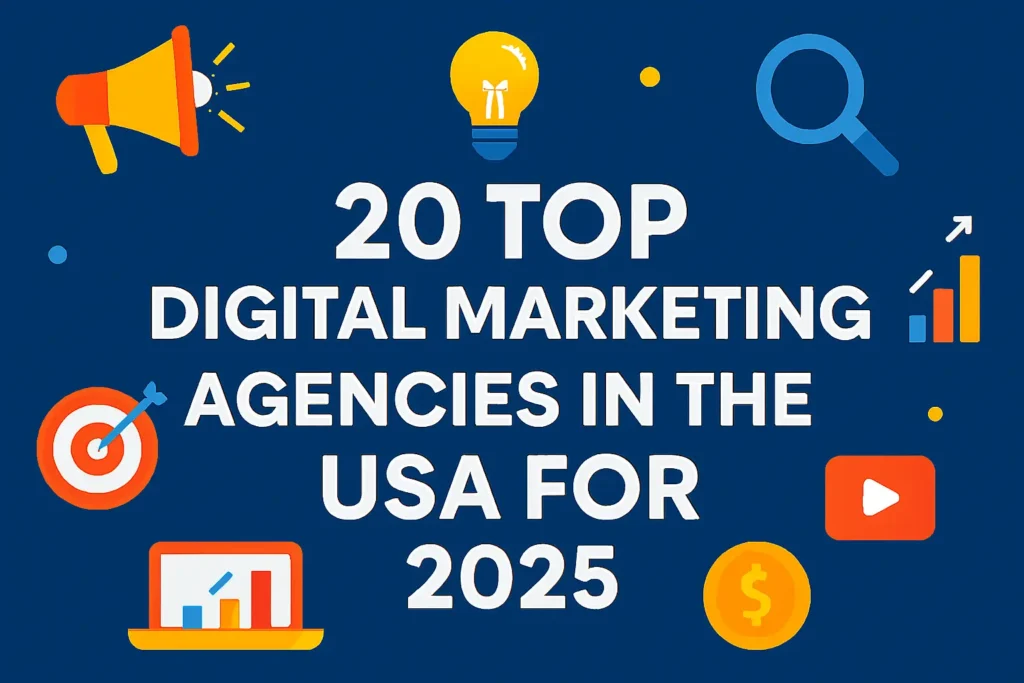If you’re spending time and money on marketing but still not seeing the results you want, chances are — it’s not your product. It’s your funnel.
A digital marketing funnel is simply the step-by-step journey someone takes from first discovering your brand to becoming a customer (and hopefully, a repeat one). But not all funnels are created equal — and in 2025, the difference between mediocre and high-converting often comes down to structure, intent, and experience.
Whether you’re running a SaaS company, coaching business, eCommerce store, or consulting service, here are 15 proven digital marketing funnels that actually convert — and why they work.
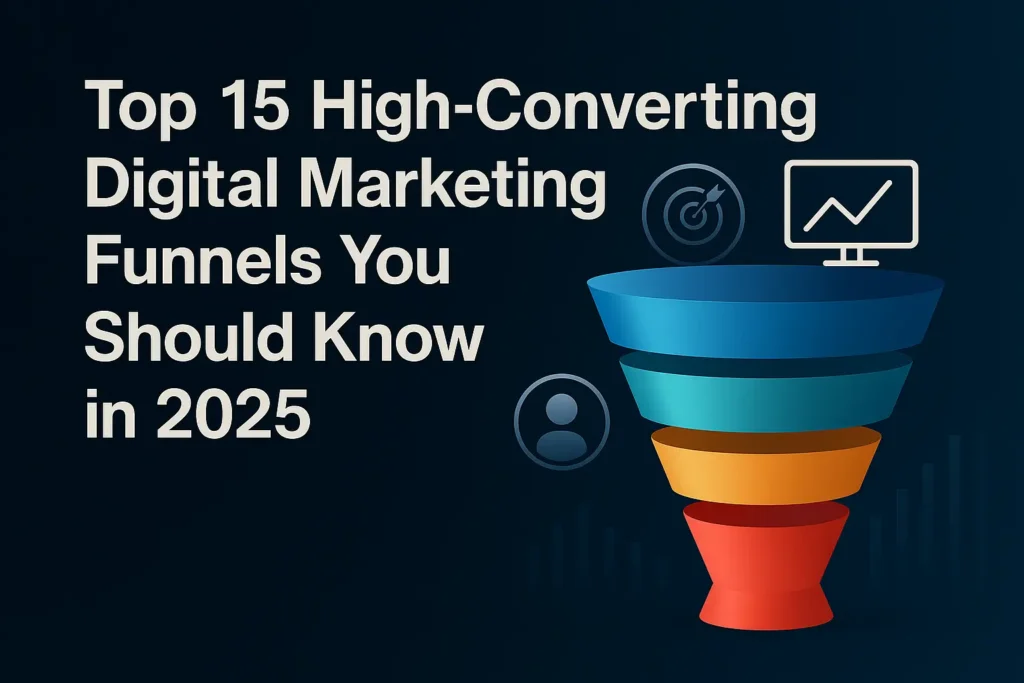
1. Lead Magnet → Email Nurture → Conversion Funnel
One of the oldest and most reliable funnels. You offer a free resource — like an ebook, checklist, or template — in exchange for an email. Then, you nurture with helpful emails and eventually pitch your paid offer.
Why it works: It builds trust over time and gives you permission to market directly in the inbox.
Real use: A B2B SEO agency offers a “Free Technical SEO Audit Template” and later pitches a monthly service.
2. Quiz Funnel
You start with an engaging quiz (e.g., “What’s your growth stage?”) and use the results to personalize the next steps. After completion, users opt-in with their email to see the results and are funneled into a customized offer.
Why it works: It’s interactive, personalized, and lowers the barrier to entry.
Real use: An email marketing SaaS uses a quiz to recommend a plan based on list size and goals.
3. Free Trial → Onboarding → Paid Plan
Common in SaaS and subscription businesses. The focus is on giving users a taste of value upfront, with guided onboarding to show ROI before the trial ends.
Why it works: It reduces commitment fears and helps prospects experience actual results before paying.
Real use: Calendly’s freemium funnel introduces features gradually, upselling users when they reach limits.
4. Free Consultation → Proposal → Close
Ideal for service businesses, coaches, and agencies. The funnel drives traffic to a calendar booking page where you offer a free discovery call or strategy session.
Why it works: It creates personal trust and allows qualification before pitching.
Real use: A fractional CMO service uses paid traffic to book intro calls, filters bad leads, and closes the rest via personalized proposals.
5. Webinar Funnel
You promote a free live or on-demand webinar that educates the audience on a topic and ends with a soft pitch or exclusive offer.
Why it works: High perceived value. People spend 30–60 minutes with you, increasing trust and conversion likelihood.
Real use: A software founder runs monthly webinars showing use cases — ending with a 20% limited-time offer.
6. Tripwire Funnel
You offer a small, irresistible product (typically under $29) to convert cold traffic. After purchase, they’re offered upsells or bundled offers.
Why it works: Converts leads into buyers fast and reduces customer acquisition cost.
Real use: A design template shop offers $9 packs, then promotes $79 lifetime bundles post-purchase.
7. Content → SEO Blog → Email → Offer Funnel
You attract traffic organically through long-form blog posts, offer a content upgrade or newsletter opt-in, then send value-packed emails with eventual offers.
Why it works: It attracts users when they’re already searching for answers — and builds trust before asking for money.
Real use: A legal tech startup ranks for “how to create contracts” and turns that traffic into SaaS trials.
8. Case Study Funnel
Leads are driven to a landing page highlighting a successful case study with quantifiable results, followed by a call-to-action for a demo or strategy call.
Why it works: Proof sells. Real results build confidence.
Real use: A paid ad agency showcases “How we 3X’d leads in 60 days” and invites users to book a discovery call.
9. Challenge Funnel
This involves running a 3–5 day challenge (e.g., “Build your brand in 5 days”), where participants join via email or community. You teach daily, then pitch an upsell at the end.
Why it works: Creates momentum and emotional investment. People are more likely to buy when they’ve put in effort.
Real use: A fitness coach runs a “5-Day Mobility Fix” challenge on Facebook, then pitches her full coaching program.
10. Product Demo → Nurture → Conversion Funnel
Mostly used in B2B. Prospects are invited to a personalized product demo — either live or on-demand — and then nurtured through retargeting, follow-up emails, or outbound calls.
Why it works: Demonstrates value and answers objections in real time.
Real use: CRM companies like Pipedrive invite users to 1:1 walkthroughs and follow up with feature comparisons and case studies.
11. Retargeting Funnel
Visitors land on your site but don’t convert. You retarget them across platforms with tailored messaging based on their behavior (product viewed, time spent, etc.).
Why it works: Warm traffic is far easier to convert than cold. Retargeting brings people back when they’re closer to purchase.
Real use: An eCommerce brand retargets cart abandoners with “Still thinking about it?” discount ads on Instagram.
12. Waitlist Funnel
Perfect for new products or features. You promote a waitlist or early access signup, then build excitement through email and social content before launch.
Why it works: Builds FOMO and urgency. Converts well at launch.
Real use: SaaS tools like Superhuman built a massive pre-launch email list using this model.
13. Free Tool Funnel
You build a lightweight free tool (calculator, grader, quiz) and gate results behind an email. After signup, you follow up with tailored offers or product demos.
Why it works: It solves a problem instantly, builds authority, and captures leads without needing a full sales pitch.
Real use: HubSpot’s Website Grader offers immediate SEO audits → leads to CRM signup.
14. Low-Ticket → High-Ticket Coaching Funnel
Sell a low-ticket ebook or course first, then offer a 1:1 coaching or mastermind upsell through email or calls.
Why it works: Filters out low-quality leads and builds commitment gradually.
Real use: A solopreneur sells a $27 course → invites buyers to apply for $5K mastermind via email series.
15. Social Proof Funnel
A newer format focused almost entirely on trust. You lead with testimonials, reviews, UGC, and third-party endorsements — layered across your landing page, ad copy, and emails — with a soft CTA.
Why it works: Trust drives conversions, especially in noisy markets.
Real use: DTC fashion brands like Pangaia lead with real customer reviews, press logos, and social content before pitching a single product.
Final Thoughts
There’s no single best digital marketing funnel — the best one is the one that fits your business model, your offer, and how your audience makes decisions.
The real power comes not from copying funnels, but from understanding the psychology behind them. Every high-converting funnel shares three things:
- It meets the user where they are (awareness, interest, decision)
- It builds trust with value before asking for the sale
- It makes the next step simple and obvious
So choose 1–2 funnel types, tailor them to your voice and offer, and start testing. The highest conversions usually come from clarity, not complexity.

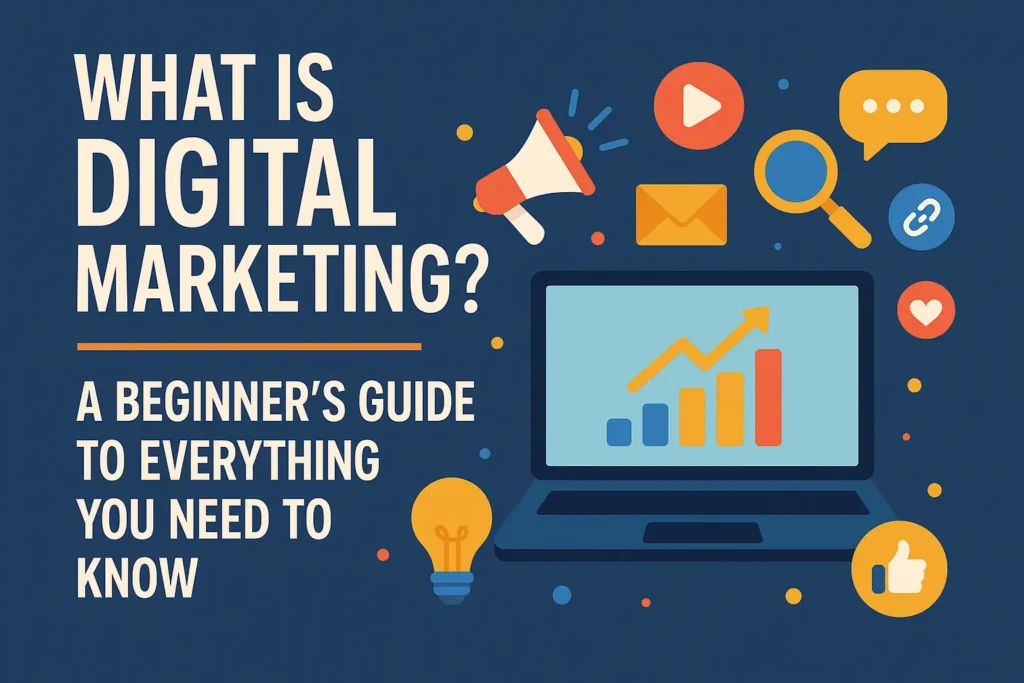
![120+ Must-Know Digital Marketing Terms and Concepts [2025 Glossary for Beginners to Pros]](https://marketingintelix.com/wp-content/uploads/2025/07/120-Must-Know-Digital-Marketing-Terms-and-Concepts-1024x683.webp)
